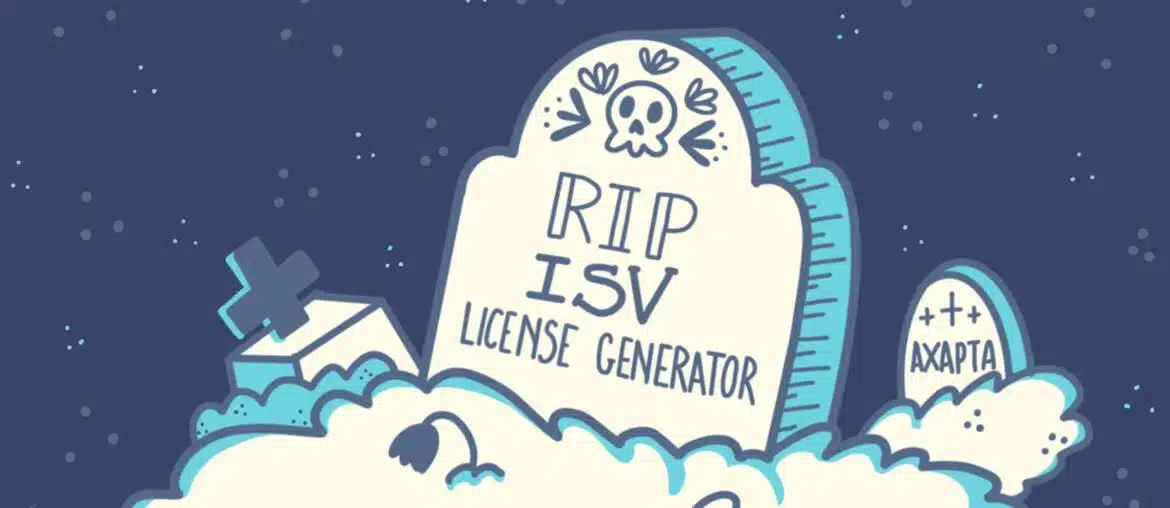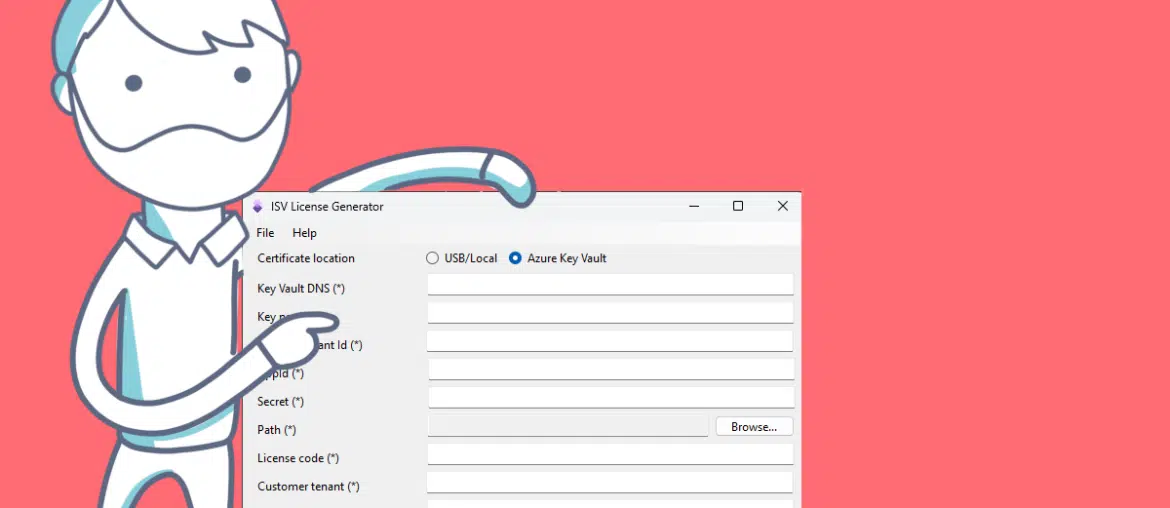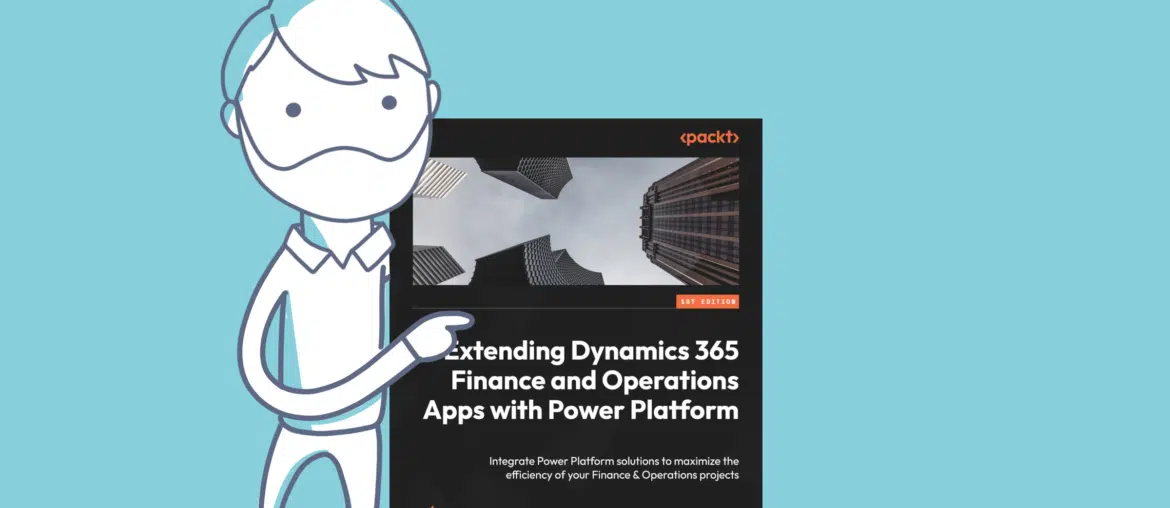Lately I’ve been testing some of the X++ features we can use to extend the Finance and Operations agent in Copilot Studio. One of these features is the X++ AI tools (formerly called AI plugins), which allow us to create Copilot Studio tools that call X++ business logic. Today’s post is a product of my lack of focus and my superpower of ignoring yellow notifications on PPAC. Also, thanks to Jared Hall for the hint…
Part 3 of the Copilot Studio + F&O extensibility series. Learn what client plugins are, when to use them, and how to build one in X++—from action scopes and parameters to implementing executeAction and wiring trigger/response topics. Includes a PurchTable example to confirm POs from the sidecar chat. Click here to continue reading Create X++ Client Plugins for Copilot Studio in Dynamics 365 F&O
Learn how to wire real F&O business logic into Copilot Studio. This guide shows you how to build an X++ AI tool, set up security, auto/hand-register the Dataverse Custom API, configure inputs (including company context), create a topic, publish, and test—end to end. Click here to continue reading Build an X++ AI Tool for Copilot Studio in Dynamics 365 F&O
Kick off a hands-on series on Copilot Studio for Dynamics 365 F&O. See what it is, the setup you need, how it uses Dataverse, built-in copilots, and two X++ extensibility paths: client plugins and AI tools. Click here to continue reading Copilot Studio 101: Extend Dynamics 365 F&O Copilots
Today I’m announcing the first part of the new Dynamics 365 ALM guide for Finance and Operations (F&O) is now available!
This guide focuses on the unified development and administration experiences and the significant changes coming in the next few months. I’ve completely rewritten it from scratch, ensuring that all screenshots are up-to-date to make the process easier to follow.
Over time, countless changes have impacted ALM for Dynamics 365. After writing the original ALM posts, I realized it was more efficient to create a new guide rather than amend the old content. Believe me, it’s easier to write from the beginning than reviewing what I already have…
I’ve been working on the ISVLicenseGenerator open source tool for some years now, almost five. It all started when I ordered a code-signing certificate to sign ISV solutions, and I got a USB token instead of a software certificate.
After many years of Microsoft not offering support for these devices to sign the license files, it looks like with the changes introduced to AXUtil in the version 10.0.37, ISVLicenseGenerator will not be needed anymore…
If you want to learn more about ISVLicenseGenerator you can read:
A short one for today! I stumbled upon this while configuring the new Azure Synapse Link for Dataverse feature for an environment.
Most of the time, when I’m configuring resources on Azure, I do it as a subscription or resource group owner. This means I’m working in god-mode all the time, and I won’t be finding out some issues that users with less access rights do.
I’m once again back with a new version of the ISVLicenseGenerator tool, the piece of software I created with a modified version of the standard AXUtil.dll library that lets us sign license files using a cryptographic USB token.
In the new version (v0.7) I’ve added the possibility of signing the license file using a certificate stored on an Azure Key Vault.
And this time I come with a request from anyone reading this post. If you have an HSM-protected key for your code-signing certificate, and are storing it in a Key Vault, I’d love you to try this new version out!
Why am I asking this? Well, I swear there are no hidden intentions here! The main reason is that I don’t have access to HSM keys, and I can’t test the new functionality with one of those. So if your certificate provider has a cloud HSM, and provides some sort of Azure Key Vault integration to store the keys in it, and you want to try it… I’ll be very happy to try to fix things if they don’t work!
I guess that most of my readers will already be aware of this, as I’ve been spamming LinkedIn with the news: I wrote a book!
The book is called like this post’s title: “Extending Dynamics 365 Finance and Operations Apps with Power Platform”. It covers some practical scenarios where I show how to use Power Apps, Power Automate or AI Builder with F&O data.
It also offers an introduction and overview into the Power Platform integration and F&O: linked environments, Dual-write, Virtual tables, Dataverse, PPAC, etc.
There’s a nice feature in Dynamics 365 F&O that lets us emit notifications when data is changed, created or deleted: the alert framework.
In this post, I will show you how to send the alerts as Business events and send emails notifying the users using a Power Automate flow.
When I was almost done writing this blog post, I found this blog post and video from Scott Gaines where he showed this scenario. Take a look at it for a clearer step-by-step guide: Using Dynamics 365 Finance and Operations Alerts to Trigger Power Automate Flows.









